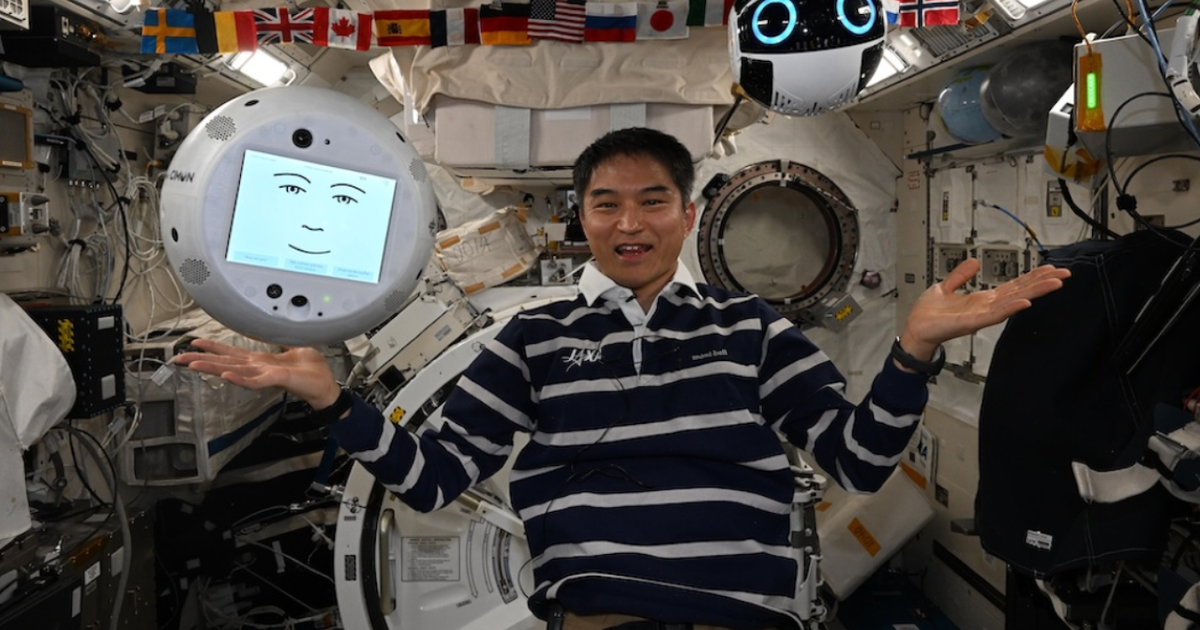Two separate astronaut assistance robots “played hide and seek” aboard the International Space Station, in what is being heralded as a robotic milestone.
The robots, deployed respectively by the German Aerospace Center (DLR) and Japan Aerospace Organization (JAXA), communicated with one another in space via two separate IT networks.
The two robots – JAXA’s Int-Ball2 and DLR’s CIMON – were equipped with new dialogue functions developed using IBM’s watsonx platform. These connected the two robots and allowed them to be controlled by natural language voice commands.
As part of the mission, JAXA astronaut Takuya Onishi used the robots to locate hidden items on the ISS.
To achieve this, Onishi used voice commands via CIMON to remotely control Int-Ball2, which in turn transmitted images back to CIMON’s display and allowed him to hunt for the hidden objects.
This marked the first time images from Int-Ball2 were shared directly with another agency’s robot onboard the ISS, rather than solely with the Japanese ground station. The hidden objects included a Rubik’s Cube, a hammer, screwdrivers, and a decommissioned earlier model of Int-Ball.
The ICHIBAN mission (Japanese for “The First”), was completed on July 29 and is hoped to open the door for better robotic-human collaboration in space.
“IBM has been a key technology partner to the space industry for many decades, from the Apollo moon missions to innovations aboard the ISS,” said Matthias Biniok, head of IBM client engineering DACH. “The ICHIBAN mission represents the next crucial step: the combination of AI and robotics to improve the skills and safety of astronauts.”
“The secure, cross-system communication and cooperation between robots from different space agencies based on IBM watsonx technology opens up completely new possibilities for space travel,” Biniok added.
The partners said further projects to develop new applications are already being planned.
“The ICHIBAN demonstration on the ISS in collaboration with our colleagues at JAXA represents a significant milestone in space robotics,” said Christian Rogon, from the German Space Agency at DLR. “The first communication between the independently developed CIMON and IntBall-2 systems paves the way for the networking of artificial intelligence and robotics in exploration. This achievement will significantly improve support for astronauts.”
This article first appeared in AI Business’ sister publication IoT World Today.

